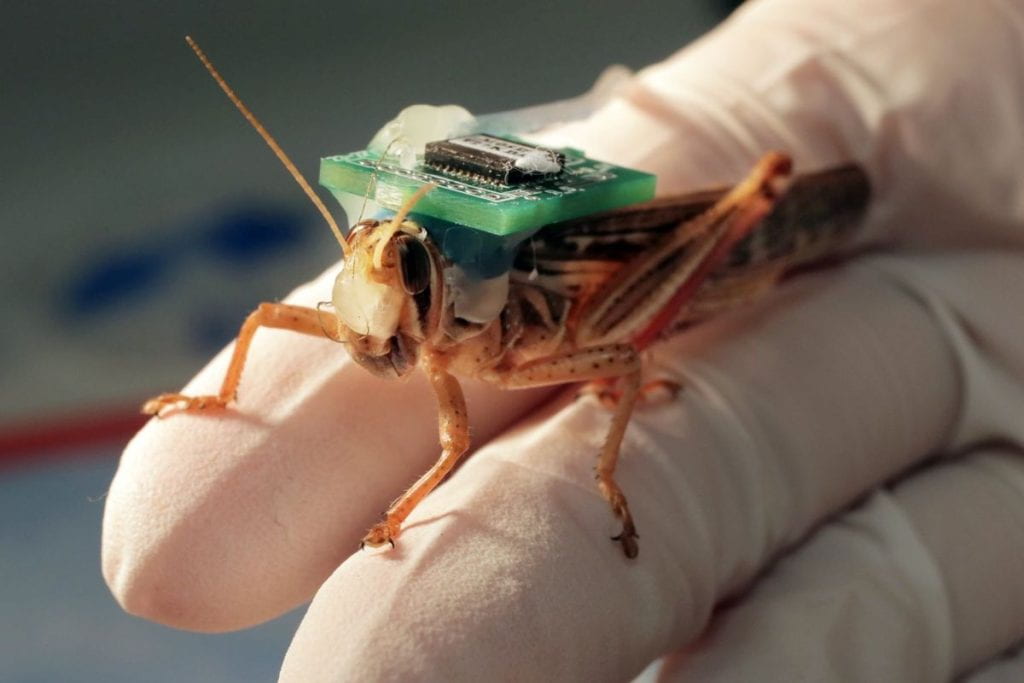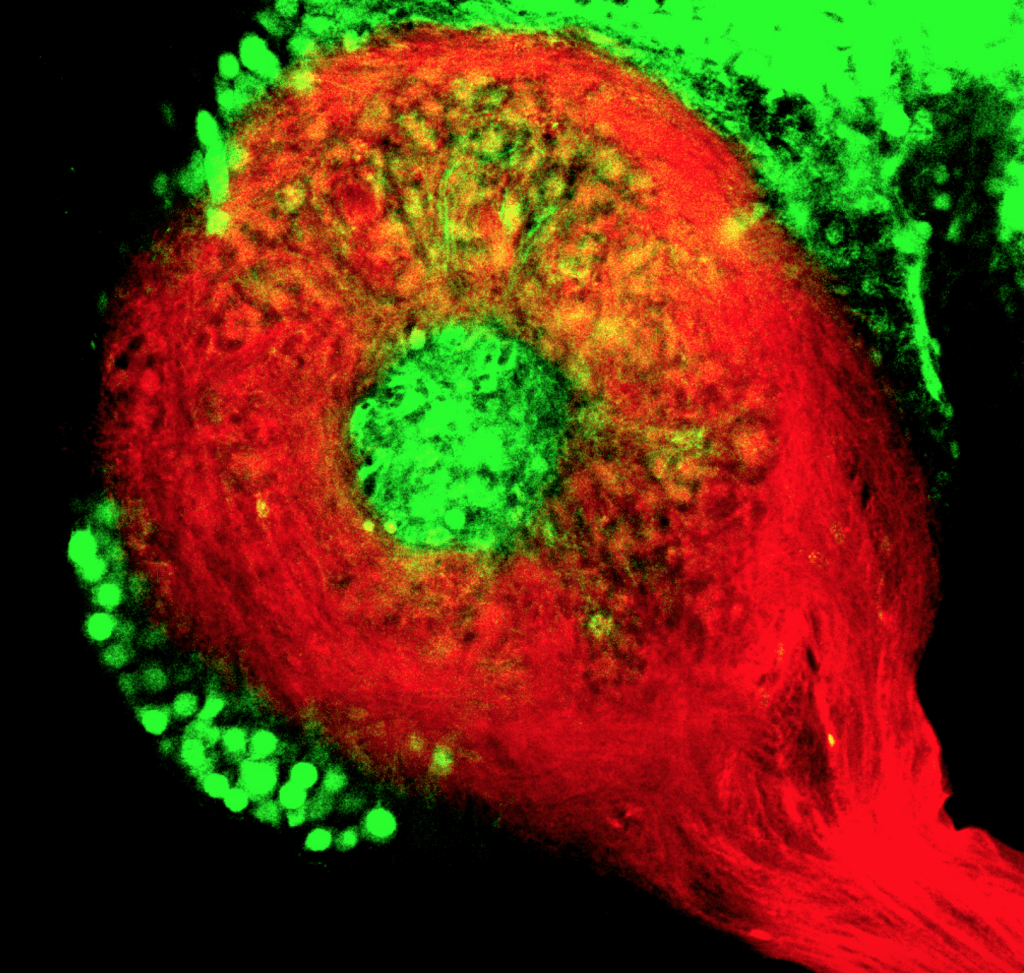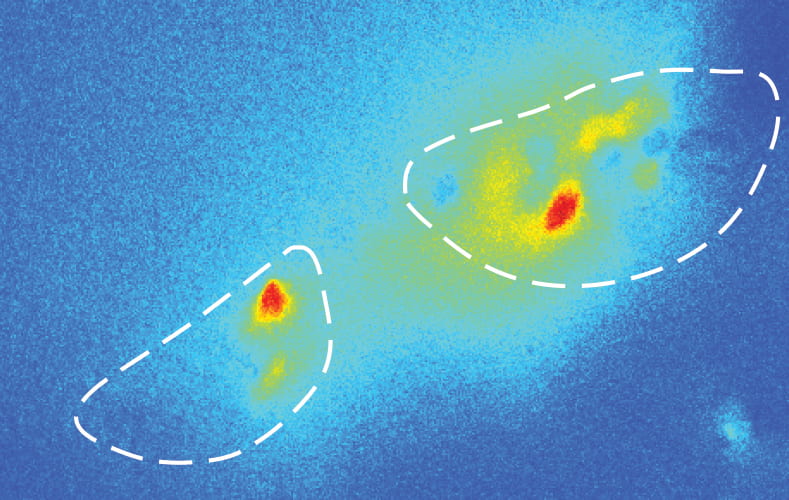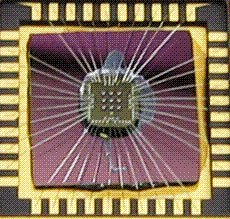



Research in my laboratory focuses on understanding the design and computing principles of biological sensory systems using the relatively simple invertebrate olfactory system. To achieve this goal , combining a variety of electrophysiological recording and imaging techniques, and computational modeling approaches, we investigate how the multi-dimensional and dynamic odor signals are encoded as neural representations (odor coding) and processed by olfactory circuits in the brain.
Understanding how brain interprets complex sensory stimuli is also important for developing neuromorphic devices and algorithms for addressing parallel engineering problems. In collaboration with the National Institute of Standards and Technology, my lab is currently developing a neuromorphic ‘electronic nose’ based on MEMS microsensor arrays for non-invasive chemical sensing. Potential target applications for the electronic nose technology include medical diagnosis, homeland security, environmental monitoring, space explorations, robotics, and human-computer interaction.
More recent work in the lab has focused on hijacking and using insect-based biorobots and cyborg systems for chemical sensing.
Latest news
- Lab part of NSF funded Behavioral Plasticity Institute
- New single objective light-sheet microscope for calcium imaging in transgenic insects
- New publication on locust walking patterns during trail-following
- NSF Convergence accelerator workshop on chemical sensing